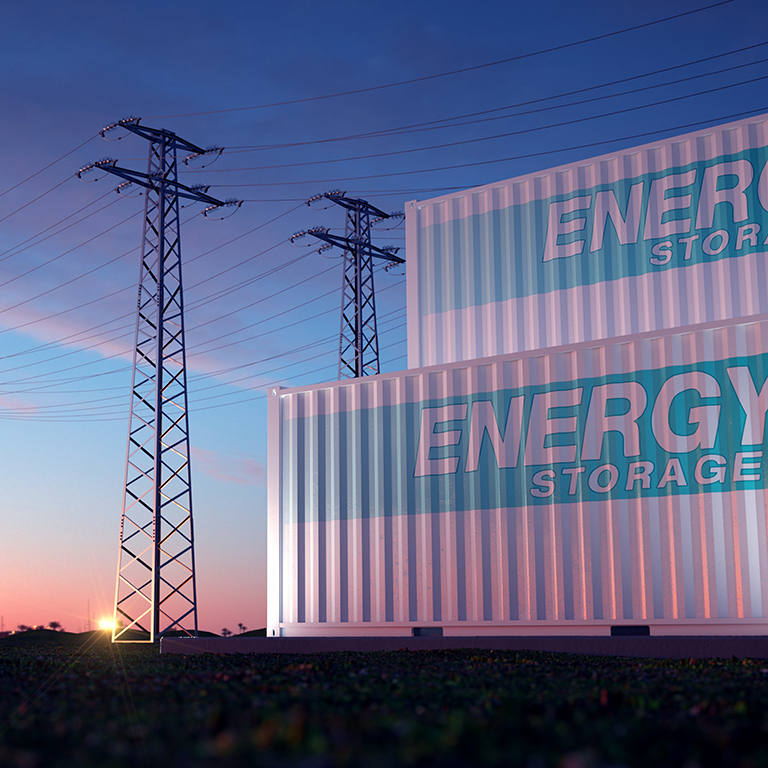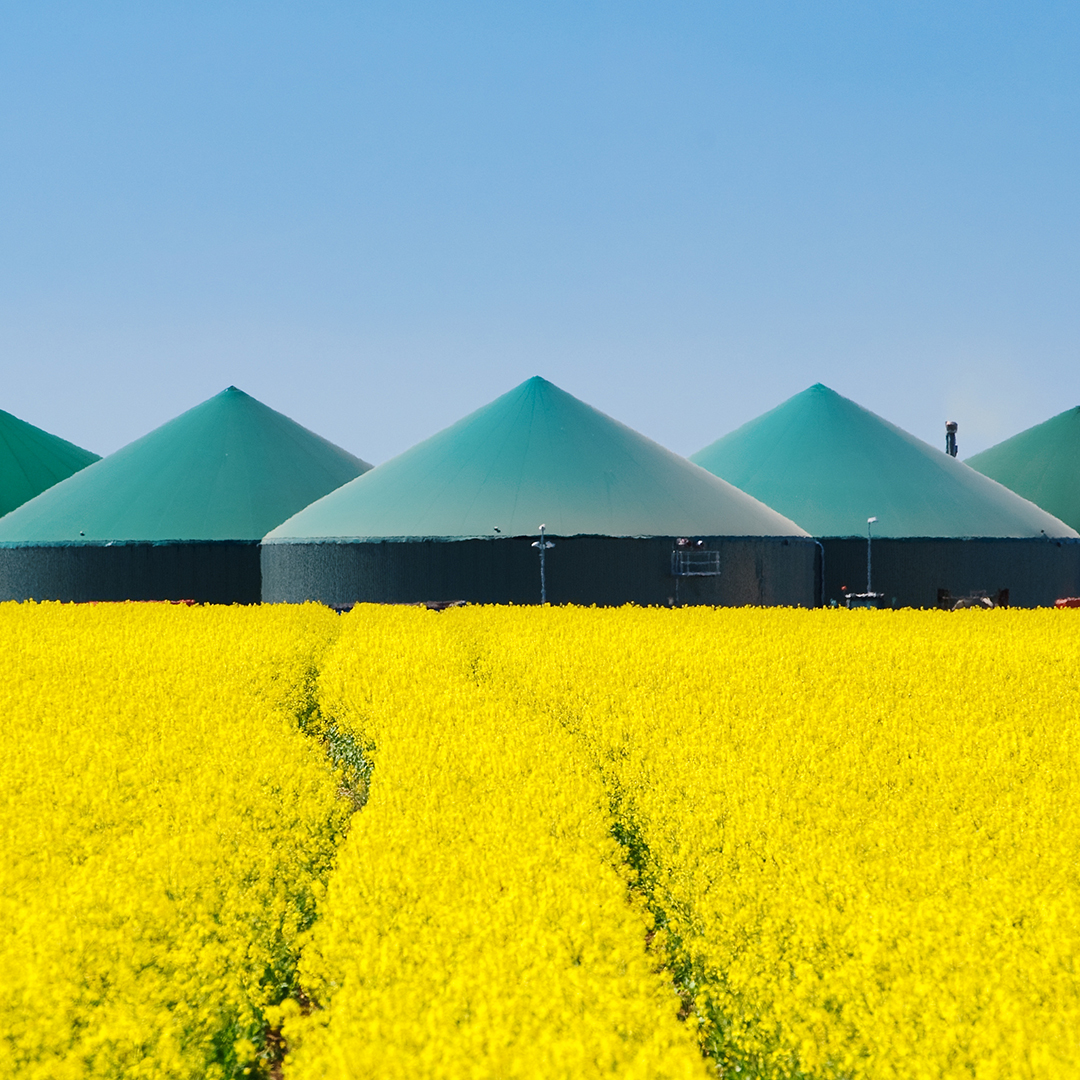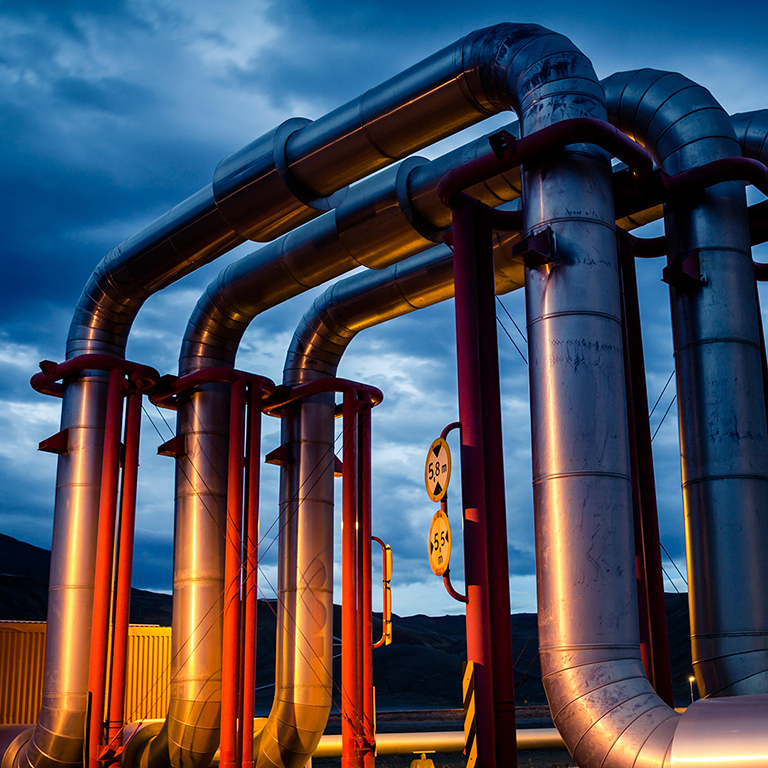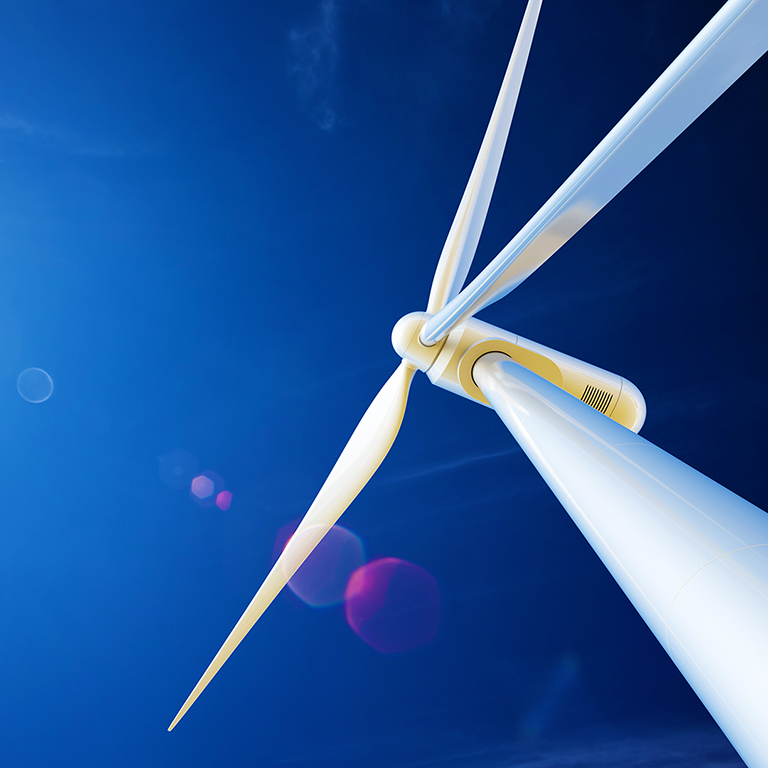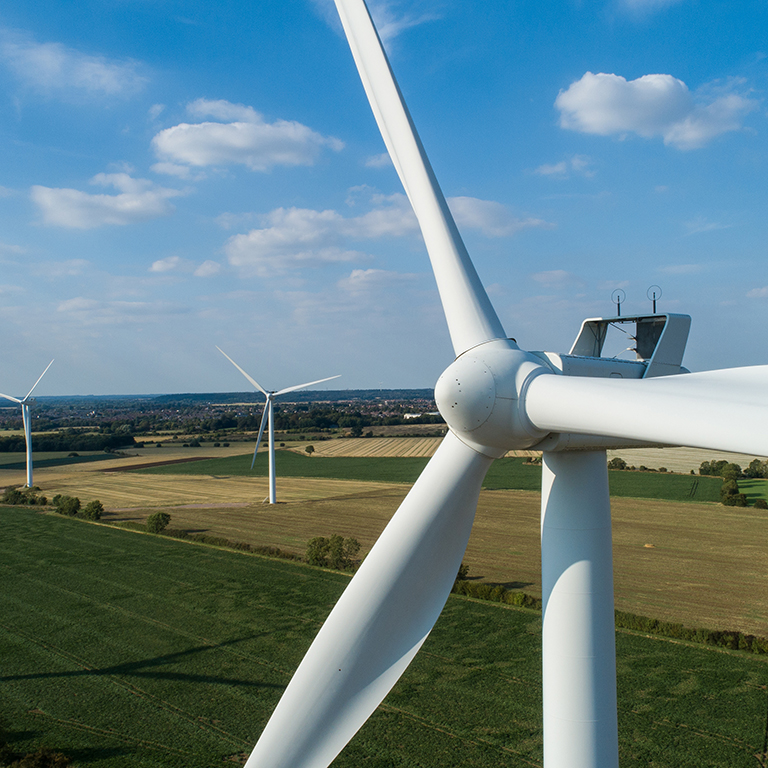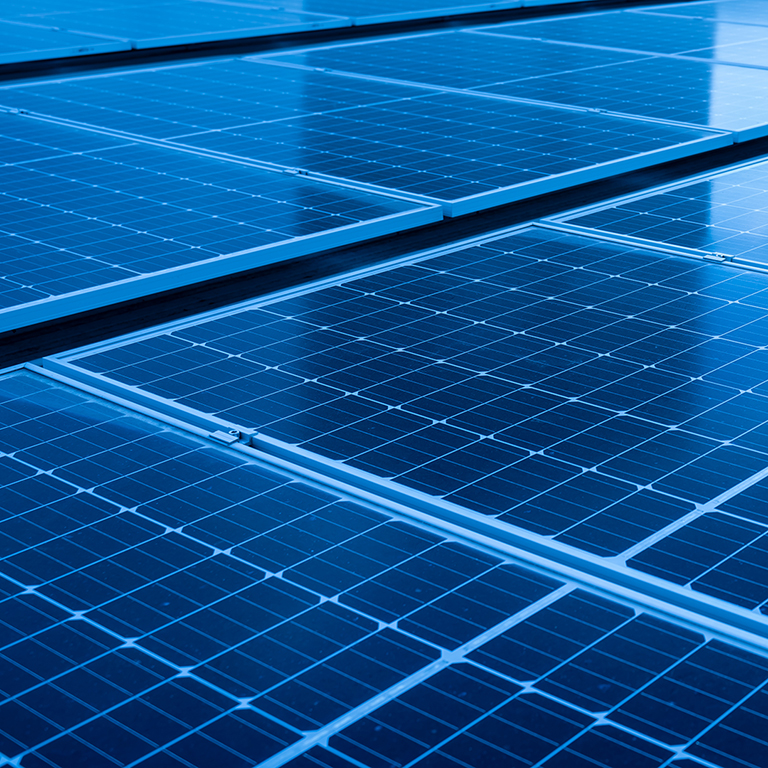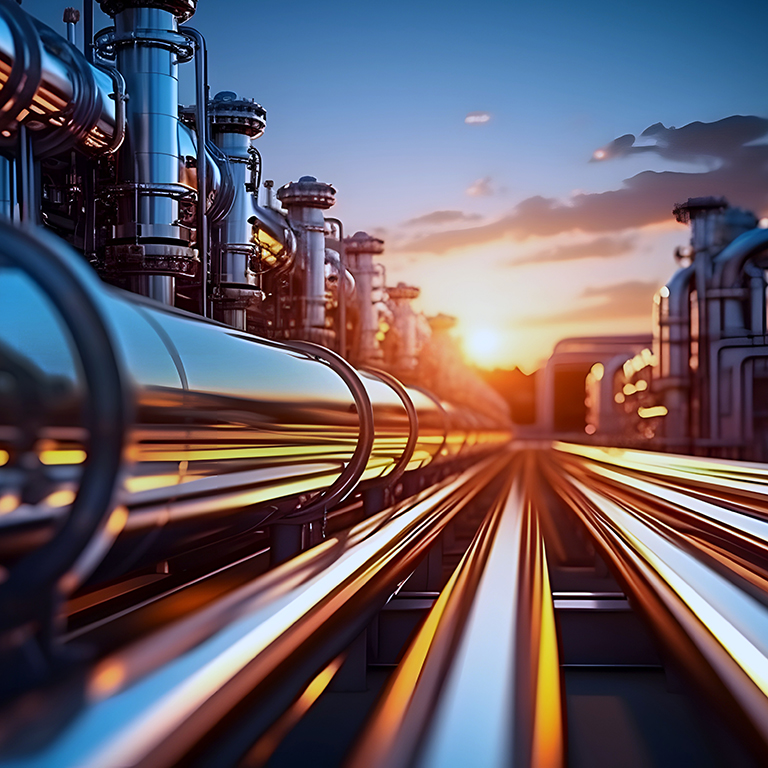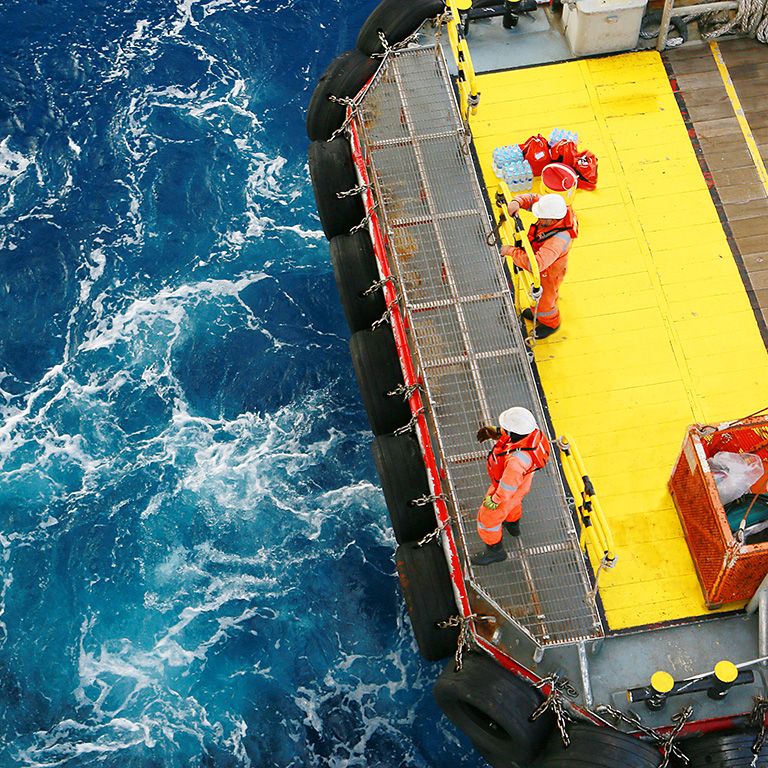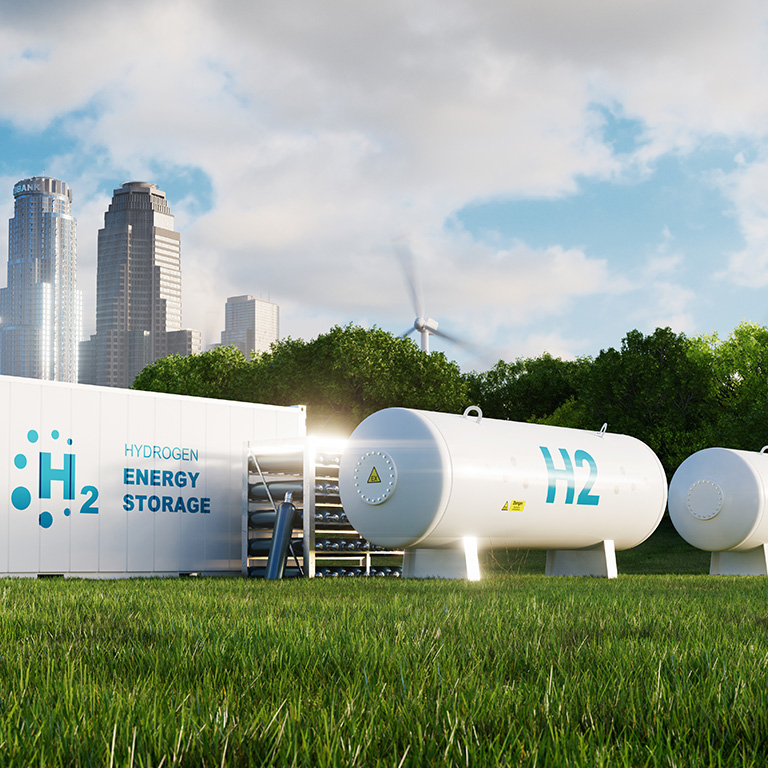Large-scale hydropower plants are an important source of electricity in many countries. As a sustainable, reliable, and low-carbon electricity generation source, hydropower can aid energy transition plans on a utility scale and via ”mini-hydro” schemes within communities.
Key risks for hydropower projects vary depending on the type of dam, its related components, and whether the project is operational or under construction. The key risk focus areas for investors and insurance markets include:
- Location and on-site conditions. The power generation potential of a plant, the type and form of structures that need to be built, and the associated civil works that are required are all determined by the landscape and the geological conditions. Construction, operation, and ongoing maintenance of a plant and related infrastructure may be hampered by climatic and hydrogeological conditions, natural hazards, and site accessibility.
- Tunneling risks. During construction, the risk considerations relate to the complexity of the underground structures associated with the main aqueducts and diversion tunnels. Throughout the operational period, the key risks relate primarily to any unlined sections of the underground elements.
- Natural hazards and seasonality. Project management and scheduling are key to maximising construction activity, as some components require dry weather conditions. Sufficient flood design protection levels should be considered.
- Equipment losses. High-value equipment, such as generators and turbines housed in a confined space, may be at risk of being damaged by a fire incident. Reduced generation due to extensive repairs or delays in replacement equipment increase the risk of business interruption and may cause significant financial impact for operators.
- Environmental impact. Environmental impacts during the construction and operation of hydropower projects must be considered. For example, the project could affect the ecosystem of local flora and fauna, or exacerbate existing geological or tectonic risks. All of these risks should be captured in the environmental impact studies.


